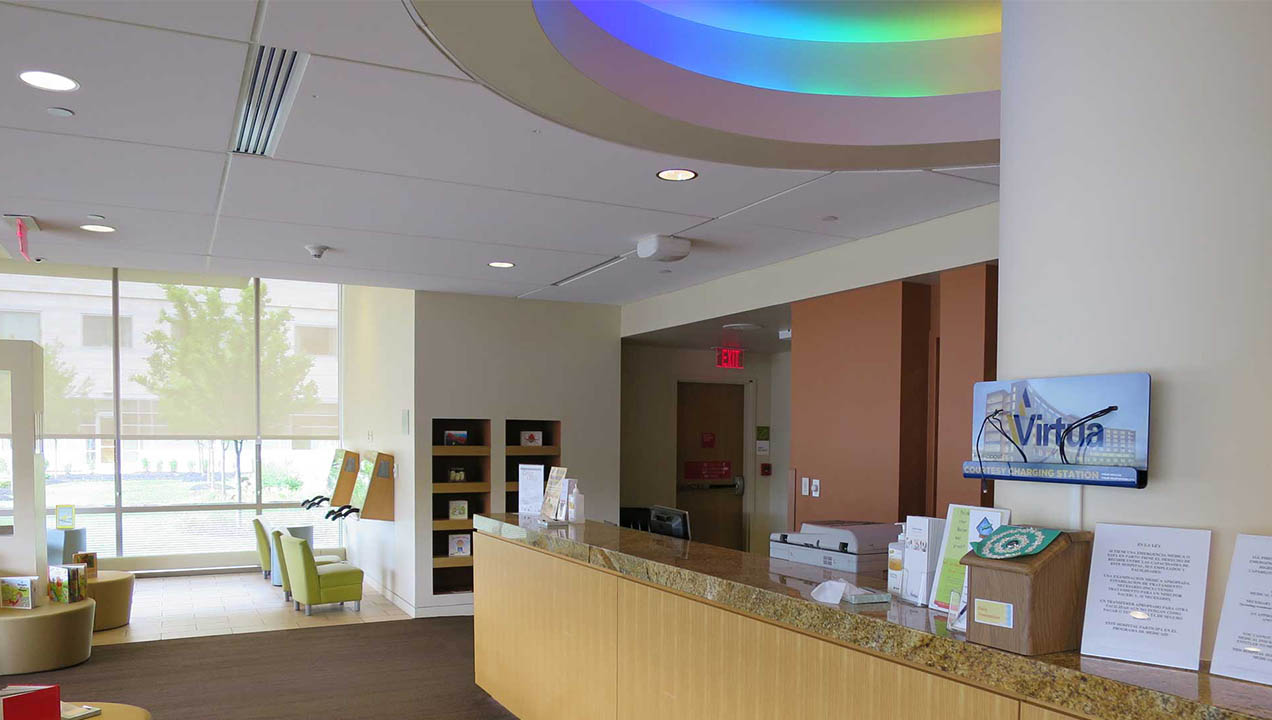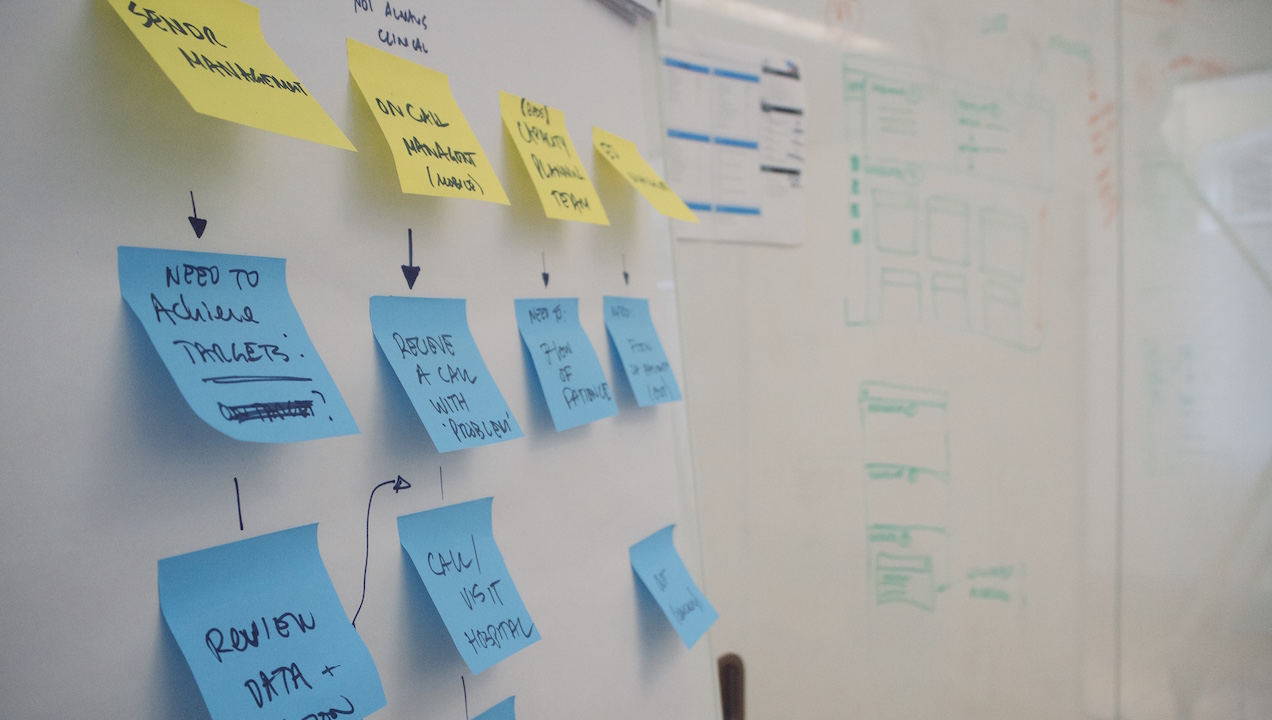Making Hospital Processes More Efficient And Compassionate
When you walk in through the hospital door and you’re feeling ill, maybe worried about money too, how do you want your hospital to handle those first few minutes?
We were asked to look at that question, and many more like it, by a successful and beloved hospital chain in New Jersey.We sent a team of ethnographers to observe and interview staff and patients at the Virtua hospital chain in the summer of 2014.

The question about the check-in process turns out to be remarkably subtle and complex – people want the focus to be on their health, but they also want some transparency about costs. And those two needs have to work within the hospital’s medical, business, and regulatory obligations.
The ethnography team took a holistic approach, drawing upon anthropological techniques to consider the impact of environment, people, process and artifacts (such as letters, bills, signage) on the patient experience.
Over the course of the study we observed and spoke to almost 100 patients and employees.
Billing and payments
The study revealed a greater than expected willingness, and even desire, for patients to discuss money early on in the treatment process, to help them make informed decisions about healthcare.
It also uncovered attitudes toward the timing of medical payments and how to overcome staff resistance to the trend toward earlier payments through effective training and processes.
Registration
We compared different check-in and check-out areas around the hospital to see how the design and layout affected interactions between staff and patients.
The research identified a checklist of needs to guide future designs, in particular around the need for staff to welcome patients whilst maintaining a level of privacy for interactions with individual patients.

Financial aid
We observed interactions between financial counsellors and patients who did not have insurance coverage, interviewing patients afterwards to assess their experience and expectations for next steps.
The research suggested that some tweaks to the information provided to patients could help ensure the application process goes smoothly.
Healthcare consumerism advocates a patient/customer involvement in their own healthcare decisions. Higher engagement leads to better outcomes.
Future scenarios
Future scenarios were also explored, such as a patient portal, mobile services and tools to help patients estimate costs.
It can be difficult for people to form realistic opinions around future initiatives. To counteract this, we consider people’s current behaviors and attitudes, and use our knowledge of technology trends in other industries to predict how these might evolve in the future.
